by Dr. Jay Wile
Exploring Creation with General Science, 3rd Edition, is specifically designed to walk with your middle school student transitioning from homeschool elementary courses as he or she rises up to meet his or her greater abilities and developing maturity. This course is taken after sixth grade. This is the hard-cover textbook only.
This course covers a wide range of the branches of science while making the connections between each. Students will learn what science is and, in a detailed and engaging way, how to utilize the proper scientific method. This course has many hands-on science experiments that can be completed with household materials.
In order to complete this course, you will need the Solutions and Test Manual as well as the Student Notebook.
Along with their peers, homeschool students entering middle school are going through large-scale physical and mental development as they transition from the ability to understand tangible facts to also gaining the skills for comprehending abstract ideas and processes. At this stage, students are also becoming more capable in their abilities to acquire the gifts needed for independence and accountability in their studies. The development of new talents, however, requires encouragement, nurturing, and building good habits.
Special Notes:
•Exploring Creation with General Science, 3rd edition is recommended for 7th grade.
•You will need to purchase the Solutions and Test Manual and the required Student Notebook for a complete set.
This is a true general science course covering a wide range of the branches of science. There is a large component of Earth Science (modules include astronomy, meteorology, oceanography, earth study, geology, paleontology, and environmental science) to give students a great foundation of that broad field of study. Exploring Creation with General Science, 3rd edition, has been rewritten to truly walk each student through middle school’s transition time from the elementary years to the high school sciences. Specifically designed to be the first course taken during junior high, it was created to give middle school students an understanding of the basic world that surrounds them each day of their lives so that they can appreciate the real-world relevance of scientific inquiry and the beauty of creation. The students will learn what science is and, in a detailed and engaging way, how to utilize the proper scientific method. Students are walked through how to record data and report it. Too often, students are not given instruction in how to read and create graphs (a skill that is found on SAT and ACT exams!), however, they are taken through the process of creating several graph types, learning how to properly design and read them, too. The final module is a fun and exciting culmination of the course. It has no exam, rather students are given step-by-step instructions to build a final project of creating a Rube-Goldberg machine, incorporating many of the scientific principles they learned throughout the year (such as combustion, buoyancy, simple machines, and more). Between the project set-up instructions, students will read testimonies from modern-day scientists, sharing how they see God’s hand as they work in their respective fields of science.
Lesson Plans and Materials: The course is designed to be done 4 days a week (as compared to 2 days a week for our elementary series and 5 days a week for our high school courses). The book is written in a conversational format as the author talks directly to students, walking them through how to complete experiments, how to identify the important parts of the information presented, and where and how to take notes as they progress. The student notebook pairs perfectly with this process, providing easy-to-understand graphics where students fill in the blank spaces as they read. Thus, they are learning how to take information out of a text, identify key points, and critically think through what they are learning. Daily lesson plans are included in the student notebook so students easily understand what is expected of them each day, yet there is still room for flexibility in the schedule to meet the needs of the student and the family.
Experiments: In early modules, specific portions of the text are highlighted so students know where to find important information for lab write-ups, and they are guided through that process. Although the students might complete more than one experiment in a module, they are given the opportunity to choose a single experiment on which they want to complete a lab report, thus providing the opportunity to build on interest-driven learning. Lab report samples are provided so the students learn proper formatting and what is expected of them. All of the experiments in this course utilize easy-to-obtain household materials, so no special equipment is necessary, yet complex scientific principles are easy to explore and understand.
Bonus Hands-on Work: Middle school-aged children still greatly benefit from hands-on exploration, so like our elementary series, we include several optional activities (called Explore More) to allow students to further explore the scientific concepts presented in each module.
Tests: There are tests provided for each module, however, students are given many study helps via their student notes within the Student Notebook, and a practice Study Guide they complete once they complete a module. The first two module tests are assigned to be given as open-book tests so that students learn the format of this course and more easily transition to improve the skill of test-taking, thus preparing them for upper grades and even college work.
Character-building: Middle school-aged students are in a transition period between childhood and adulthood, and we believe it is important to emphasize the importance of character. Thus in each module, parents are encouraged (and guided) to incorporate character performance into their student’s grade.
Grading: Complete, step-by-step grading rubrics are provided to the parents, showing how to calculate a module grade from the student’s module test, lab work, and character displayed throughout the module.
Seeing God’s Creative Hand: Throughout the course, students are able to see evidence of God’s creation as they learn scientific principles. Additionally, they will be excited to learn about many great scientists in history who were driven to study our world out of a desire to better know God as its creator. The course is sandwiched by this historical information within the first module and a presentation of testimonies by modern-day scientists in the last module to help encourage students to study science to better know God and give him glory!

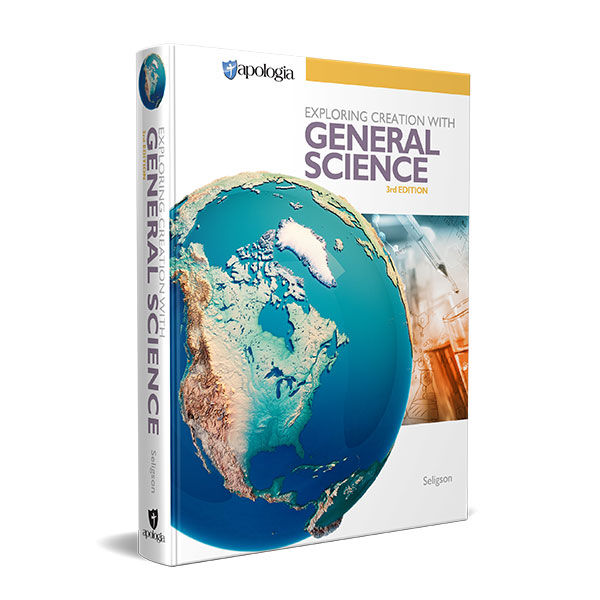
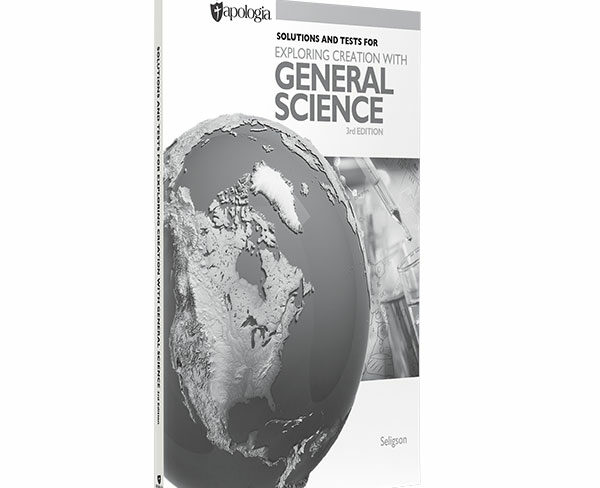
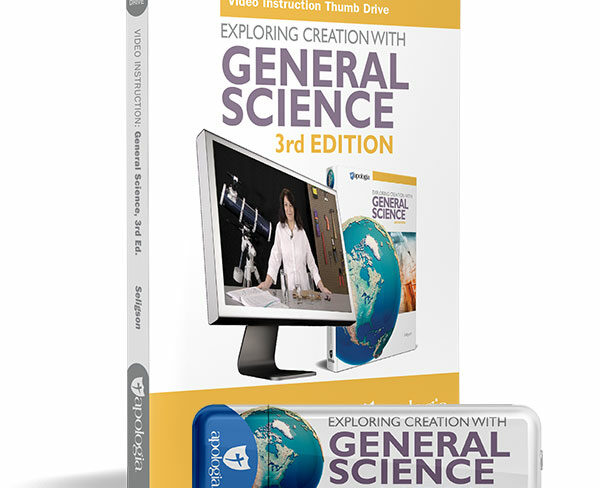
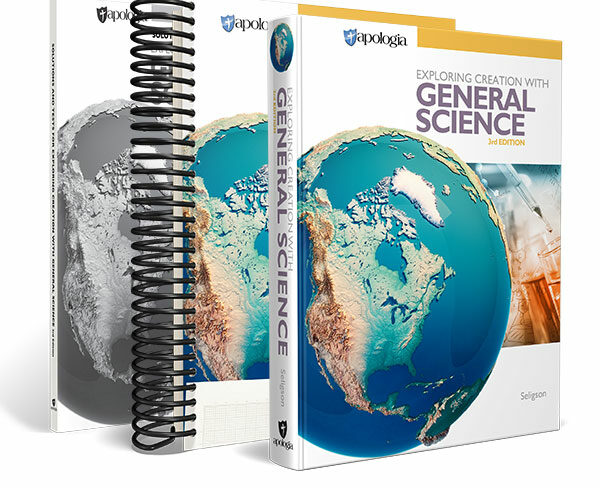
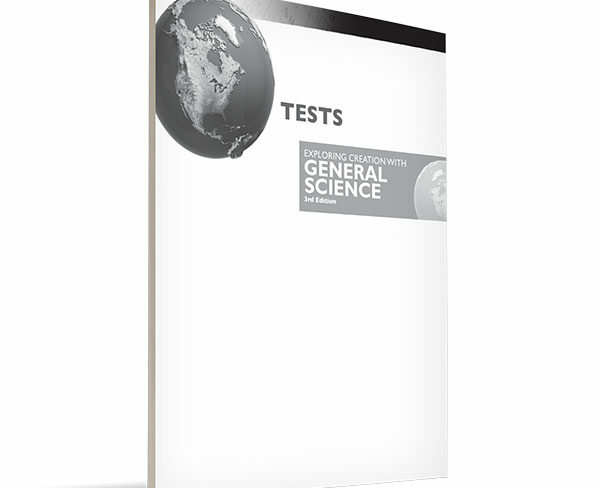
Reviews
There are no reviews yet.